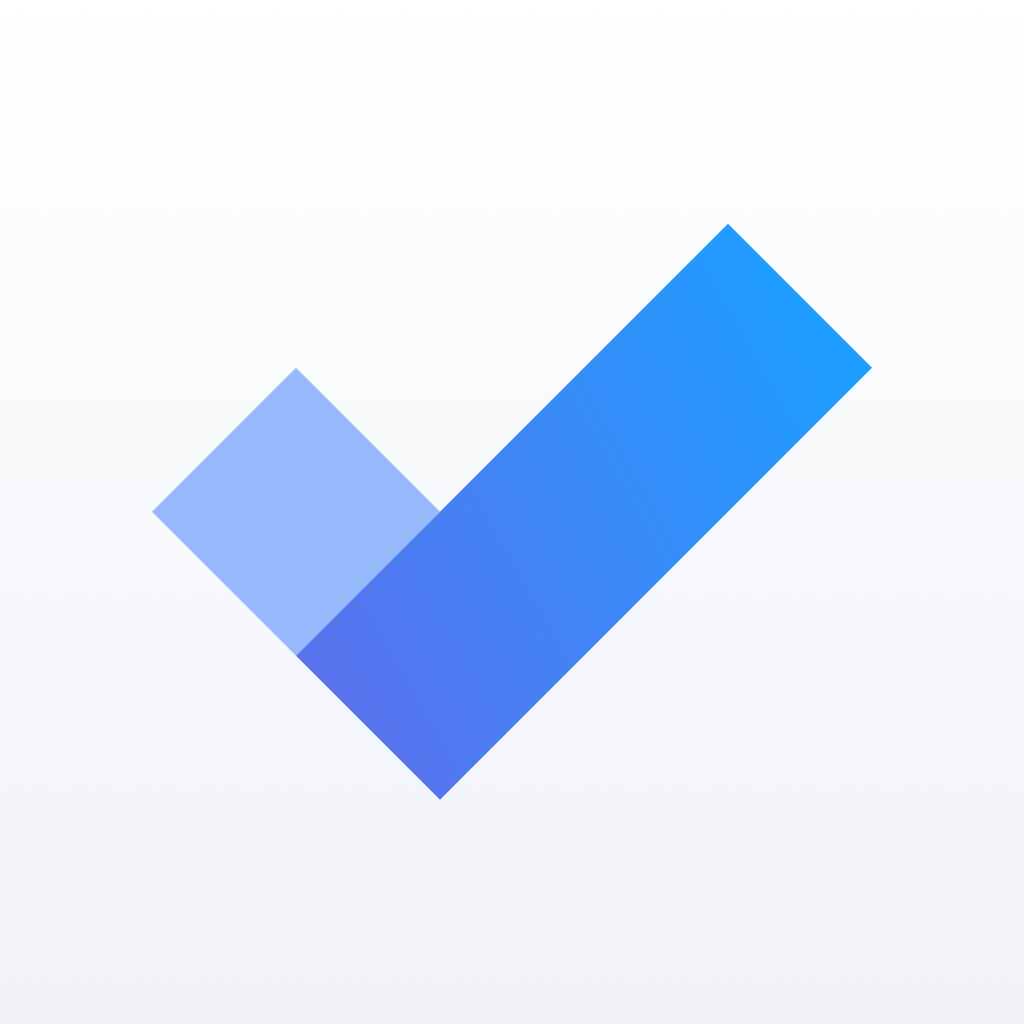Accounts
Tips & Tools
Digital Distractions
Have you found yourself frequently checking your phone during class, work, or social settings? Do you stop studying every few minutes to text, check one of your many social media accounts, or watch a funny YouTube video? If this is you, know that you are not alone. What was just described is known as digital distractions. Digital distractionscan be harmful to your study habits, breaking your concentration and rendering your reading or studying habits ineffective. It will be even more harmful now that we have moved to online courses. With online courses you need to have self discipline to focus and study the material from someplace besides the university classroom.
The good news is that there are techniques that can help you break negative technology habits and recenter your focus on your studies. Below you find some tips and tools to help you minimize distractions and stay on track when it matters most.
Tips to manage the distractions
The key to managing the distractions is to limit interruptions or temptations caused by the technology. Try any of the following:
- Turn off unneeded technology during class and study time. For example, if your professor is requiring you to join class through Blackboard Collaborate or watch a Panapto session, put away all unneeded technology.
- Put your phone in your bookbag so you don’t see it.
- Turn off notifications on your phone.
- Turn off unnecessary websites or apps that aren’t necessary for the task at hand.
- Move tempting apps to the third or fourth page of your phone screen so that you have time to catch yourself mindlessly opening them.
Tools for Helping You Stay Focused
There are a multitude of tools available to help you stay focused. Below you will find list of tools you can use to help stay focused, make lists, track your progress, and limit what you can do on your computer.
Apps & Tools Staying Focused.

Forest
Forest is an app that allows you to build a tree on your phone whenever you want to focus. Once you start growing the tree, if you leave the app and go somewhere else on your phone, the tree dies. The app records how many trees you grow over the course of time. The Forest team partners with real life tree-planting organizations; when you spend coins you earn in Forest, they donate to tree planting

StayFocused
StayFocusd is a productivity extension for Google Chrome that helps you stay focused on work by restricting the amount of time you can spend on time-wasting websites. Once your allotted time has been used up, the sites you have blocked will be inaccessible for the rest of the day.
Apps & Tools For Making Lists

Microsoft To-Do
Got something on your mind? Get Microsoft To Do. Whether you want to increase your productivity, decrease your stress levels, or just free up some mental space, Microsoft To Do makes it easy to plan your day and manage your life.
With Microsoft To Do, you can:
- Stay focused with My Day, a personalized daily planner with suggested tasks
- Get your lists anywhere, on any device
- Share lists and assign tasks with your friends, family, colleagues, and classmates
- Personalize your lists with bold and colorful backgrounds
- Set one-time or recurring due dates and reminders
- Break your tasks into manageable steps
- Add notes to any task
- Attach files up to 25 MB to any task
- Sync your tasks between Outlook and To Do
- Group your lists together by topic or project
Whether it's for work, school, or home, To Do helps you organize and simplify your plans. To Do is free and available on all your devices
Limit or Block Your Internet Use on Other Devices
You can put your other devices in airplane mode to disconnect entirely. There are also many programs and browser extensions that can help you limit internet access:
Leech Block: “a Firefox add-on that lets you specify which sites to block and when to block them.”
Freedom: “…locks you away from the internet on Mac or Windows computers for up to eight hours at a time…”
Self Control: “an OS X application which blocks access to incoming and/or outgoing mail servers and websites for a predetermined period of time.”
Plan your time
Time yourself. Set a timer for 25 minutes, work completely focused during that time, and take a 5-minute break when the timer goes off. Rinse, repeat. It’s a great way to avoid burnout!
Schedule your check-ins. Designate times each day to check your email and other necessary websites. Turn off notifications and put your laptop and phone away when you can to eliminate checking these websites during times that you have not planned.
Organize your time. Use a calendar or planner to create a schedule for every day and record your to-do items. Include small breaks for movement and checking technology, but stay focused on work when it’s work time.
Have a purpose. Set times and goals for each event, study session, or to-do item on your calendar. Having specific goals and action items for each study time keeps you purposeful and on task.
Chunk your study time. Keep your study or school work sessions fairly short (30-60 minutes). It’s important to take mental breaks, even if only for five or ten minutes, during a study block. If you have a long period of time to work, break it up into sessions with breaks in between. Using shorter study sessions can decrease your tendency to wander or turn to technology
Find others to help you be accountable
Keeping technology away during class and study time can be challenging, but you don’t have to do it alone.
Make an online appointment with someone at REACH to discuss how technology affects your study time, implement strategies, and stick to them.
Ask a classmate or friend to keep you accountable. Give your phone number to this person or have them check in with you about how your studying is going.
Push on
Works consulted
Duhigg, Charles. (2010). The power of habits: why we do what we do in life and business. New York: Random House.
Newport, Cal. (2007). How to become a straight-A student. New York: Broadway Books.

Digital Distractions by REACH is licensed under a Creative Commons Attribution-NonCommercial-ShareAlike 4.0 International License.
Based on a work at https://learningcenter.unc.edu/tips-and-tools/decreasing-digital-distractions/.


